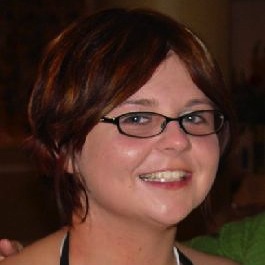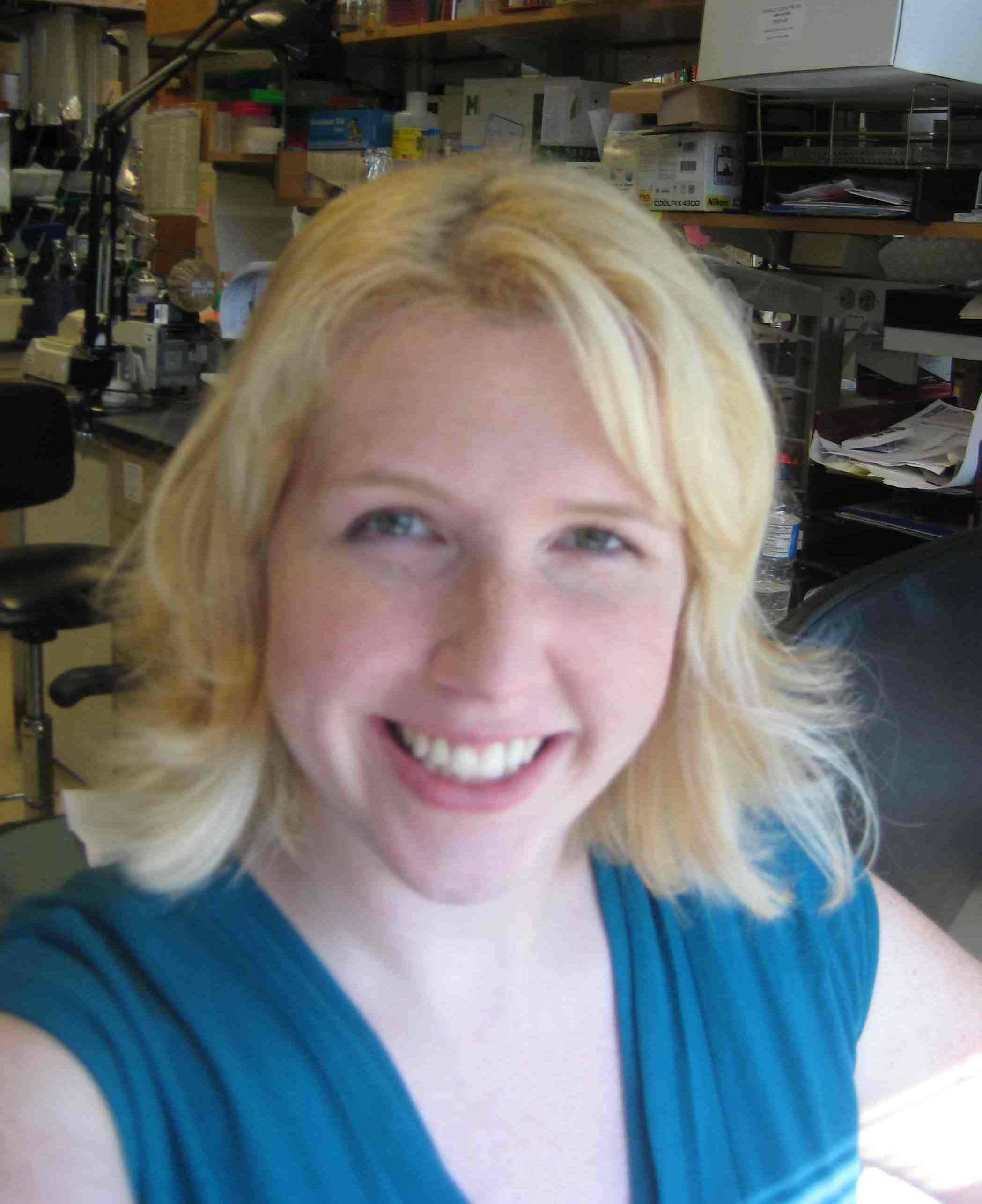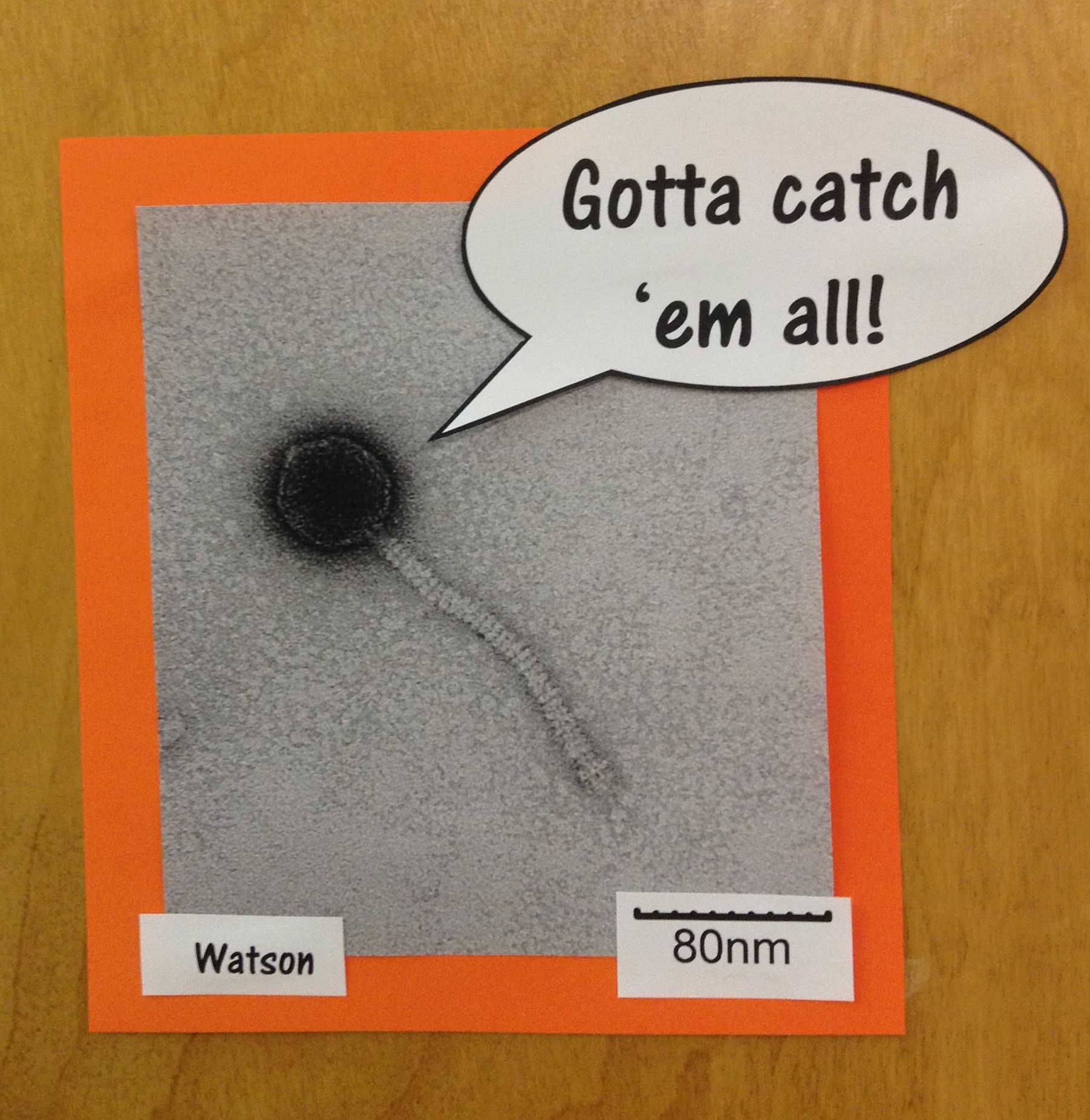Welcome to the forums at seaphages.org. Please feel free to ask any questions related to the SEA-PHAGES program. Any logged-in user may post new topics and reply to existing topics. If you'd like to see a new forum created, please contact us using our form or email us at info@seaphages.org.
Recent Activity
Cluster Specific Primers
| Link to this post | posted 15 Feb, 2016 19:35 | |
|---|---|
|
|
Is anyone still using the cluster specific primers to assign mycobacteriophages to various clusters? I have some students who may be interested in screening some unsequenced phages we have in our archive, but I haven't been able to find the list. I'd like to spend some time on PCR and gel electrophoresis this semester, and I thought this may be an option. Is this still a useful protocol, or have we moved on to something else? |
| Link to this post | posted 16 Feb, 2016 17:42 | |
|---|---|
|
|
Kristen Butela We are also interested in this… we want to screen a mixed sample (F and B cluster phages), but would be interested in opening it up for non-sequenced phages, too! |
| Link to this post | posted 28 Mar, 2016 18:03 | |
|---|---|
|
|
I am interested in doing this too. The document about 'further exploration' says to see phages db for a protocol for PCR and that simple plaque picks can be used for templates. I haven't been able to find this protocol - How should these be treated to release DNA? |
| Link to this post | posted 17 Nov, 2016 17:37 | |
|---|---|
|
|
We developed a protocol this semester for screening phage based on the Smith et al. (2013) paper: http://bmcgenomics.biomedcentral.com/articles/10.1186/1471-2164-14-410 We had a high success rate and the students loved the experiment! I'd be happy to share our protocol if anyone is still interested. Feel free to e-mail me at svoshell@vt.edu. |
| Link to this post | posted 17 Nov, 2016 20:58 | |
|---|---|
|
|
Hi Stephanie, I would be great if you could upload it here. Vic |
| Link to this post | posted 17 Nov, 2016 21:24 | |
|---|---|
|
|
Hi Vic, Certainly! I've attached our protocols for both the PCR setup and the gel. I've also included two slides showing possible results. ArTwo displays an ideal result in which you only get a single fragment. Beauxregard13 illustrates a case where you have other fragments produced, but only one that makes sense in terms of expected size. I loaded 5 ul of PCR products on these gels, but we found that the results are much better if you only load 2 ul. We used one of our previously sequenced phages to make a positive control. -Stephanie |
| Link to this post | posted 17 Nov, 2016 21:26 | |
|---|---|
|
|
ArTwo |
| Link to this post | posted 17 Nov, 2016 21:26 | |
|---|---|
|
|
Beauxregard13 |
| Link to this post | posted 17 Nov, 2016 21:29 | |
|---|---|
|
|
Electrophoresis: |
| Link to this post | posted 17 Nov, 2016 22:06 | |
|---|---|
|
|
Thank you Stephanie - that's an awesome protocol. I will defintitely give it a try next time around. We ended up designing primers that would distinguish just the two phages we were working on. I had students compare their phage to others on phamerator to find a region that was somewhat specific to their phage. Then design primers based on that sequence. We then ordered them and did PCR on the two different phages we were working on in the lab. it worked well with each primer set amplifying the expected phage but not the other one. These phages were in different clusters and we knew ahead of time that the regions were different, but it was still nice to see it work. for the PCR we simply used a pipet tip to take a plug of a plaque, heated that up, spun it down and used the supernatatant as the template. i'd have to dig deeper for any more details than that. Ken |





 200Kb
200Kb